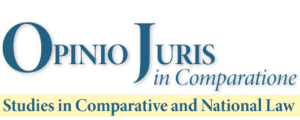Wildlife Conservation v. Utilization: Considerations and Trends for China’s Regulatory Position in the Age of Covid
Authors: Yongmin Bian, Boyang Wang
ABSTRACT
Wildlife Conservation and Utilization has been the main theme of China’s first Wild Animal Conservation Law of 1988 and its amendments. From the early 1950s to the late 1980s, only rare and precious animals enjoyed protection to a certain degree, and the rest of the animals were subject to utilizations or various ‘rational utilizations.’ The 1988 Wild Animal Conservation Law mercifully extended protection to beneficial, economically important or scientifically valuable terrestrial wildlife. The protection of wildlife was defined as a priority over utilization only in the amendment of 2016, 13 years later after the 2003 SARs which was caused by a virus passed to human beings from a species of wild animal. China adopted very efficiently a ban on hunting and eating all terrestrial wild animals after the outbreak of Covid-19. The wild animals finally won the debate between conservation and utilization. This is not only a welcomed improvement for conservation of wild animals in China, but also a great contribution to the conservation of wild animals globally since the trade in wild animals is under strict enforcement now.
Keywords: China’s Wild Animal Conservation Law – Wildlife Conservation – Wildlife Utilization – Wild Animal Conservation and Covid Pandemic

